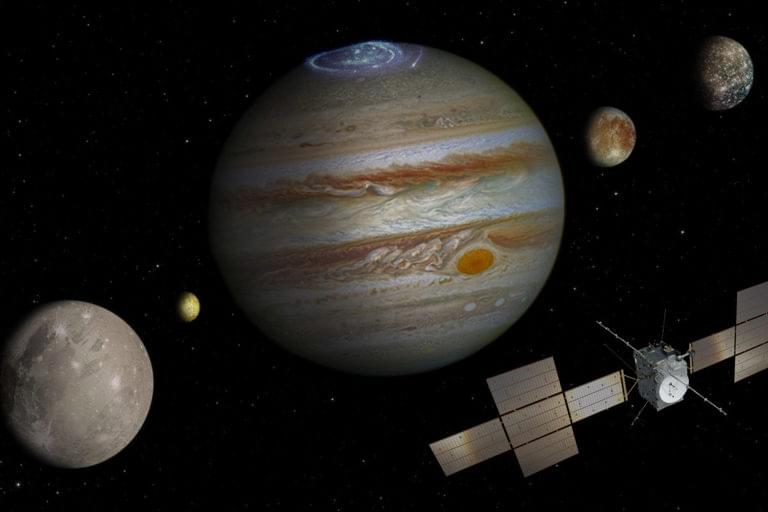In the scorched aftermath of World War III, the Earth is a nuclear wasteland, and humanity’s last hope lies in autonomous war machines called \.
Get the latest international news and world events from around the world.


2 MINUTES AGO: Scientists Warn: LLMs Are NOW Developing Their Own Understanding of Reality!
Enjoy the videos and music you love, upload original content, and share it all with friends, family, and the world on YouTube.
Fermi Paradox Explained by Quantum Communication
Check out my quantum physics course on Brilliant! First 30 days are free and 20% off the annual premium subscription when you use our link ➜ https://brilliant.org/sabine.
The Fermi Paradox is an estimate that says: Given all we currently know about the universe, we should have found extraterrestrial life already. So why haven’t we? In a paper that just appeared two weeks ago, a physicist has now put forward the idea that aliens use quantum communication. How does that solve the Fermi Paradox? I’ve had a look.
Paper here: https://arxiv.org/abs/2408.
🤓 Check out my new quiz app ➜ http://quizwithit.com/
💌 Support me on Donorbox ➜ https://donorbox.org/swtg.
📝 Transcripts and written news on Substack ➜ https://sciencewtg.substack.com/
👉 Transcript with links to references on Patreon ➜ / sabine.
📩 Free weekly science newsletter ➜ https://sabinehossenfelder.com/newsle…
👂 Audio only podcast ➜ https://open.spotify.com/show/0MkNfXl…
🔗 Join this channel to get access to perks ➜
/ @sabinehossenfelder.
🖼️ On instagram ➜ / sciencewtg.
#science #sciencenews #physics #aliens
Anduril is building a factory to manufacture robotic weapon systems
Anduril Industries is planning to construct a new factory to scale weapons production for the United States defense base. Anduril Industries Co-Founder and Executive Chairman Trae Stephens joins Market Domination Overtime to discuss this initiative.
Stephens explains that the legacy defense industry has traditionally focused on \.

Researchers Explore the Effects of Stellar Magnetism on potential Habitability of Exoplanets
Interest in Earth-like planets orbiting within the habitable zone of their host stars has surged, driven by the quest to discover life beyond our solar system. But the habitability of such planets, known as exoplanets, is influenced by more than just their distance from the star.
A new study by Rice University’s David Alexander and Anthony Atkinson extends the definition of a habitable zone for planets to include their star’s magnetic field. This factor, well studied in our solar system, can have significant implications for life on other planets, according to the research published in The Astrophysical Journal on July 9.
The presence and strength of a planet’s magnetic field and its interaction with the host star’s magnetic field are pivotal factors in a planet’s ability to support life. An exoplanet needs a strong magnetic field to protect it from stellar activity, and it must orbit far enough from its star to avoid a direct and potentially catastrophic magnetic connection.
Diet Composition That Corresponds To A 17.6y Younger Biological Age (Blood Test #5 In 2024)
Join us on Patreon! https://www.patreon.com/MichaelLustgartenPhDDiscount Links/Affiliates: Blood testing (where I get my labs): https://www.ultalabtests.com/…

